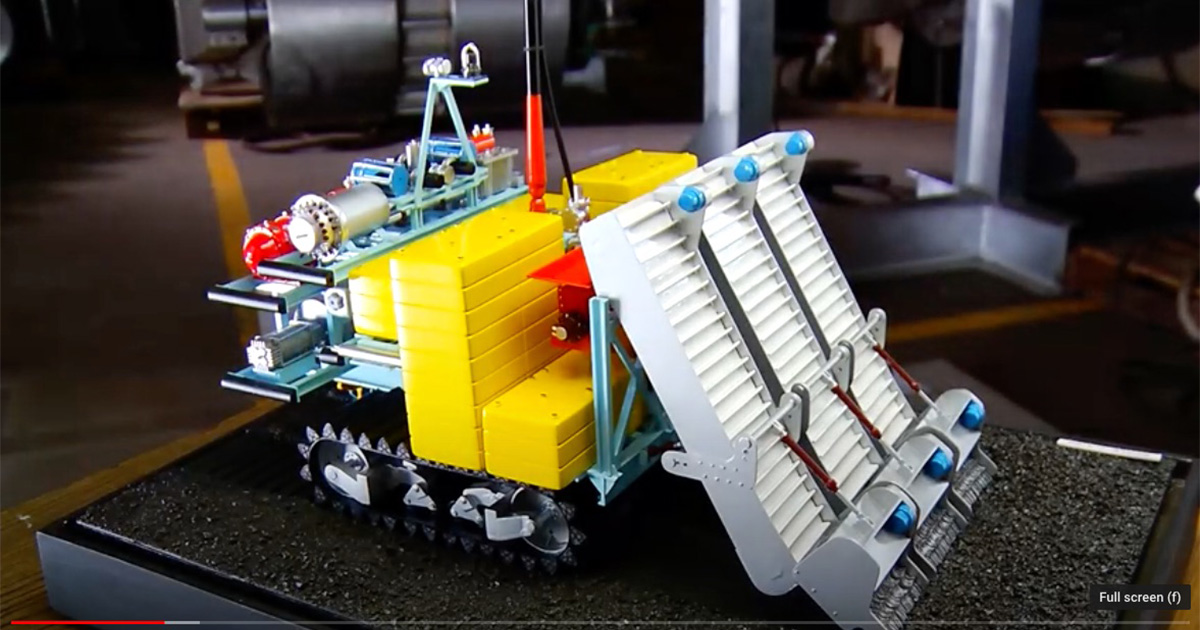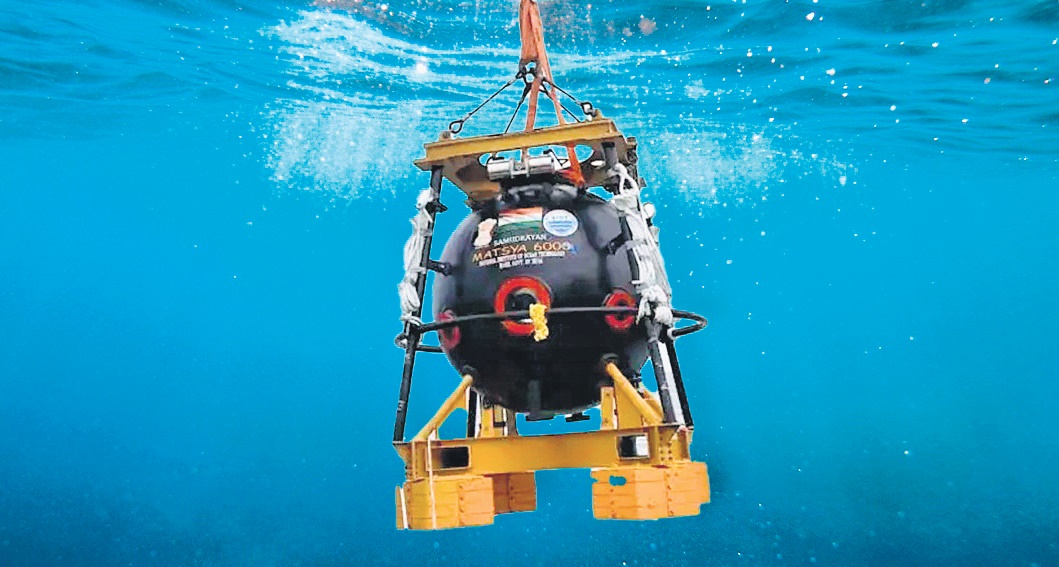Swesh
New Member
- Joined
- Jan 12, 2020
- Messages
- 3,520
- Likes
- 12,185
Locomotion demonstration at 5270m water depth
The mining machine was tested for locomotion and maneuverability at the central Indian Ocean Basin (CIOB) at the depths of 5270m. The primary objective of the trials was to test seabed locomotion/ traction capability on soft soil and the functionality of the various systems, viz. mechanical moving parts, hydraulic power unit, electrical systems and the instrumentation, at the extreme ambient hydrostatic pressures and very low temperatures of 1 - 4 deg C.The machine was operated extensively, covering a cumulative distance of over 120 m with 2.5 hours of operation on the sea bed at depths of 5270m. This achievement records the first tethered sea bed moving machine to operate at this depth.
The mining machine was tested for locomotion and maneuverability at the central Indian Ocean Basin (CIOB) at the depths of 5270m. The primary objective of the trials was to test seabed locomotion/ traction capability on soft soil and the functionality of the various systems, viz. mechanical moving parts, hydraulic power unit, electrical systems and the instrumentation, at the extreme ambient hydrostatic pressures and very low temperatures of 1 - 4 deg C.The machine was operated extensively, covering a cumulative distance of over 120 m with 2.5 hours of operation on the sea bed at depths of 5270m. This achievement records the first tethered sea bed moving machine to operate at this depth.




